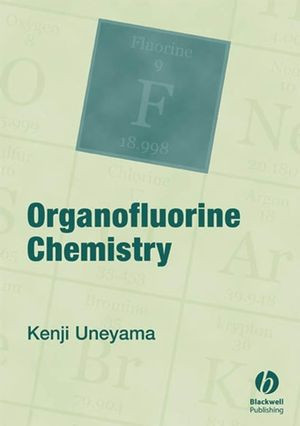

Most ebook files are in PDF format, so you can easily read them using various software such as Foxit Reader or directly on the Google Chrome browser.
Some ebook files are released by publishers in other formats such as .awz, .mobi, .epub, .fb2, etc. You may need to install specific software to read these formats on mobile/PC, such as Calibre.
Please read the tutorial at this link: https://ebookbell.com/faq
We offer FREE conversion to the popular formats you request; however, this may take some time. Therefore, right after payment, please email us, and we will try to provide the service as quickly as possible.
For some exceptional file formats or broken links (if any), please refrain from opening any disputes. Instead, email us first, and we will try to assist within a maximum of 6 hours.
EbookBell Team

4.4
92 reviewsOrganofluorine Chemistry will help chemists to develop a systematic knowledge of the chemistry of fluorine with a view towards its application in the design of new reactions and syntheses, and the creation of novel fluorinated molecules and materials. With initial chapters focusing on why fluorine creates such unique properties in organic compounds, the book then covers general reactions of fluorine. Coverage is chosen from the recent research literature, concentrating on the development of novel bioactive compounds and catalytic ligands, and explaining, in the context of the initial chapters, how and why fluorine is so effective. With a final chapter covering the general synthetic chemistry of organofluorine compounds, the book is a cohesive summary of the fundamental principals of organofluorine chemistry.Content:
Chapter 1 Fundamentals in Organic Fluorine Chemistry (pages 1–100):
Chapter 2 Unique Reactions Incluced by Fluorine (pages 101–138):
Chapter 3 Reactions Activated by a Strong Interaction Between Fluorine and Other Atoms (pages 139–172):
Chapter 4 Hydrogen Bonding in Organofluorine Compounds (pages 173–185):
Chapter 5 Fluorinated Ligands for Selective Catalytic Reactions (pages 186–205):
Chapter 6 Fluorine in Drug Designs (pages 206–222):
Chapter 7 Method for Introduction of Fluorine?Functionality Into Molecules (pages 223–336):